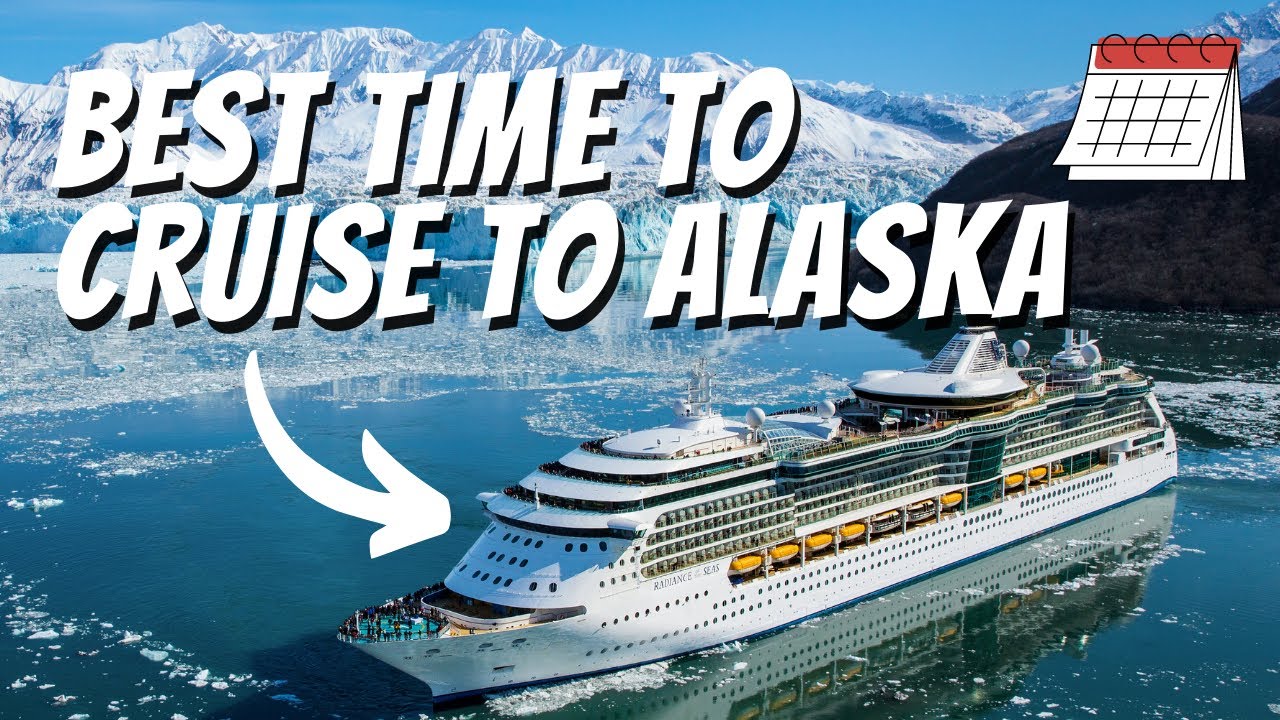Best time to cruise Alaska? The answer depends on your priorities! From the breathtaking glaciers of Glacier Bay to the abundant wildlife of Kenai Fjords, Alaska offers a spectacular cruising experience, but the ideal time to visit hinges on factors like weather preferences, crowd levels, and the specific wildlife you hope to see. This guide explores the optimal months for your Alaskan adventure, considering everything from potential cost savings to the best opportunities for wildlife viewing.
Choosing the right time significantly impacts your Alaskan cruise. Peak season offers the most sunshine and warmest temperatures, but also attracts the largest crowds and highest prices. Shoulder seasons (spring and fall) provide a more tranquil experience with fewer crowds and potentially lower fares, though some wildlife sightings may be less frequent. Ultimately, the best time for you depends on balancing your budget, desired level of activity, and wildlife viewing ambitions.
Crowds and Prices
Planning an Alaskan cruise involves considering the optimal balance between affordability and the level of crowds you’re willing to encounter. The time of year significantly impacts both aspects. Peak season boasts stunning scenery but comes with higher prices and larger crowds, while shoulder and off-seasons offer a quieter, potentially more budget-friendly experience, albeit with some trade-offs in weather and availability of certain excursions.
Alaskan cruise prices and crowd levels fluctuate considerably throughout the year, mirroring the seasonal nature of tourism in the region. Understanding this fluctuation can significantly aid in securing a more cost-effective and enjoyable trip.
Seasonal Variations in Crowd Levels and Prices
The level of crowds on Alaskan cruises varies significantly across the year. Peak season, generally June through August, sees the highest number of passengers, while the shoulder seasons (May and September) offer a more moderate experience. The off-season (April and October, sometimes parts of March and November depending on specific itineraries) experiences the fewest passengers. This variation directly impacts pricing.
Price Comparison: Peak vs. Shoulder vs. Off-Season
Peak season cruises typically command the highest prices due to high demand. Shoulder seasons offer a more moderate price point, often reflecting a balance between still-favorable weather and fewer crowds compared to the peak months. Off-season cruises usually present the most significant cost savings, though some amenities or shore excursions may have limited availability. The potential savings can be substantial, potentially amounting to hundreds or even thousands of dollars per person depending on the cruise line, ship size, and itinerary. For example, a seven-day inside cabin on a popular cruise line might cost $1,500 per person in July, compared to $1,000 in May and potentially as low as $700 in September. These figures are estimates and will vary based on specific factors.
Cost Savings Breakdown by Travel Time
Choosing a less popular travel time can yield considerable cost savings. For instance, booking a cruise during the shoulder seasons (May or September) can often reduce the cost by 20-30% compared to peak season. Off-season cruises can offer even greater savings, potentially up to 40-50% or more, depending on the specific deal and demand. However, it’s important to weigh the potential savings against potential limitations in weather and available excursions. For instance, some glaciers might be inaccessible during the off-season due to ice conditions.
Average Cruise Prices and Crowd Levels by Month
| Month | Average Price (per person) | Crowd Level | Notes |
|---|---|---|---|
| March | $700 – $900 | Low | Limited availability; potential for weather disruptions |
| April | $800 – $1100 | Low to Moderate | Some glaciers may be inaccessible |
| May | $1000 – $1400 | Moderate | Pleasant weather; fewer crowds than peak season |
| June | $1500 – $2000 | High | Peak season; highest prices and most crowds |
| July | $1600 – $2200 | High | Peak season; highest prices and most crowds |
| August | $1500 – $2000 | High | Peak season; highest prices and most crowds |
| September | $1000 – $1400 | Moderate | Pleasant weather; fewer crowds than peak season |
| October | $800 – $1100 | Low to Moderate | Limited availability; potential for weather disruptions |
Conclusion
Planning an Alaskan cruise requires careful consideration of several factors. While peak summer offers the best weather and maximum wildlife viewing potential, it comes at a price—literally. Shoulder seasons present a compelling alternative, offering a balance between pleasant weather, fewer crowds, and more affordable prices. By weighing the pros and cons of each season, you can select the time that best suits your preferences and budget, ensuring an unforgettable Alaskan cruise experience. Remember to book well in advance, regardless of the season you choose, to secure your preferred itinerary and cabin.

